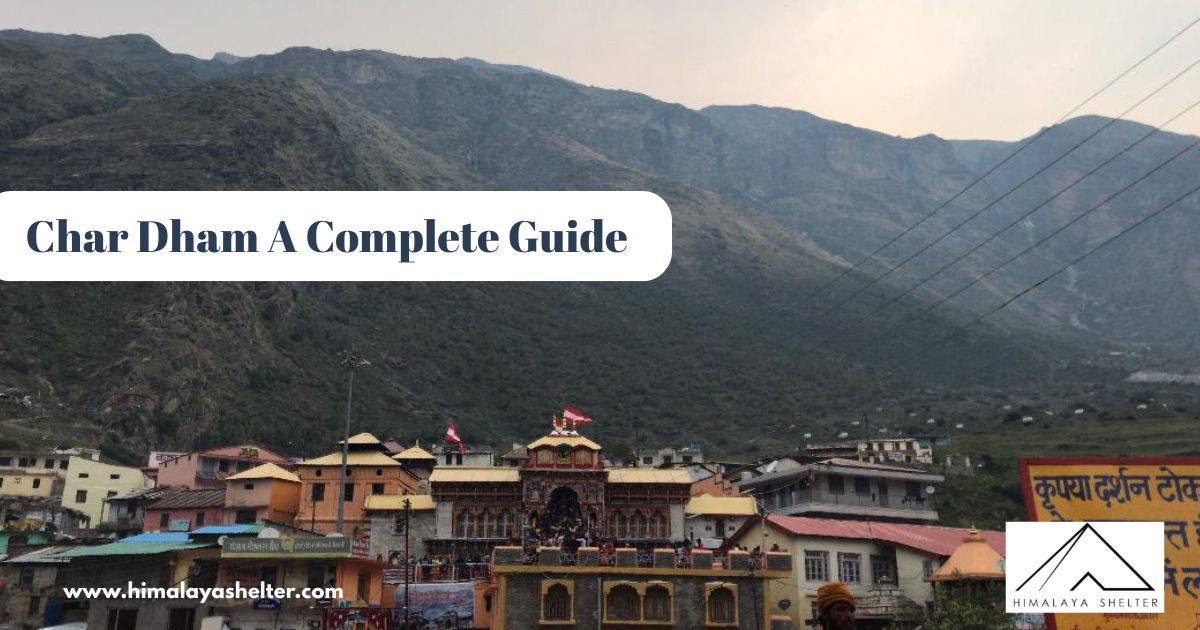
Char Dham A Complete Guide : To The Pilgrimage
The Char Dham or “the Four Temples” in Uttarakhand happens to be one of the most important and extensively traveled pilgrimage circuits in India. The doors to these temples open up with the advent of every summer to welcome thousands of pilgrims, saints, monks and travelers alike, before they are shut for the cold winter months in the month of October. Before sharing about the Himalayan destinations, it is important to know a bit about the actual Char Dham.
The Char Dham route forms one of the most important pilgrimage destinations for Hindus. It is believed that those who complete the Char Dham, attain salvation. The mythology is associated with the 4 temples situated in the four directions, i.e. Badrinath in the north, Puri in the east, Rameswaram in the south and Dwarka in the west. In the 8th Century, Adi Shankaracharya had established the destinations as Char Dham.
The Char Dham of Uttarakhand are actually referred to as Chopta Char Dham Yatra (“Chota- Short/Small”), a shorter circuit of 4 important pilgrimage destinations situated in Garwhal region of Uttarakhand. These are Yamunotri, Gangotri, Kedarnath and Badrinath. Uttarakhand is a host to many important religious destinations as per the Hindu mythology, including the Panch Prayag (5 important river confluences), Panch Kedar (5 temples dedicated to Shiva), Panch Badri (5 temples dedicated to Vishu), Hemkund Sahib (an important Sikh pilgrimage destination), Haridwar and more.
While Yamunotri and Gangotri are dedicated to Goddesses Yamuna and Ganga, after which the respective rivers (Yamuna, Ganga-Ganges) flow across the vast swathes of India, Kedarnath and Badrinath are dedicated to Lord Shiva and Lord Vishnu, respectively. A wide belief persists that each individual must complete the Char Dham yatra (including the Chota Char Dham) once in their lifetime, in the Hindu traditions.
About the 4 “Char Dham” of Uttarakhand
Yamunotri
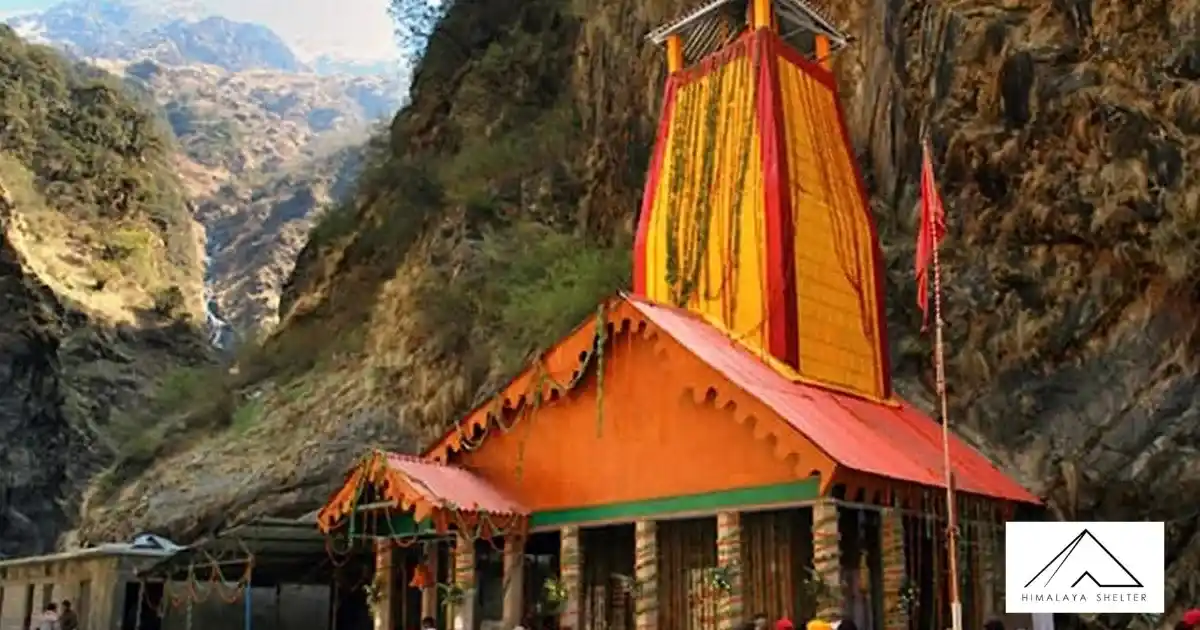
As the name suggests, Yamunotri is where the holy river, Yamuna, embarks its journey or takes birth. As it is situated in the Uttarkashi District, the Yamunotri Dham is the very first one-stop in the whole yatra. The Yamunotri shrine was built by Naresh Sudarshan Shah, King of Tehri, in the year 1839. As a holy place, it is believed, when a person bathes in the water of this shrine, it cleanses all the sins attached to his/her soul and protects from painful and untimely death. If you are planning to visit this shrine in future or already booked your spots for the yatra, or this shrine alone, do not forget to visit the water springs around the temple of Yamunotri.

At the shrine, you will also notice the idol of Ganga Devi housed in the main temple. The legend says that the Yamuna Goddess a twin sister of Yama, who’s the God of Death, and the Sun’s daughter. It’s also said, that at the time of Asit Muni, when he failed to visit Gangotri, a stream of the River Ganga started flowing across the Yamuna stream.
Gangotri

This Dham is solely dedicated to the Goddess Ganga. It is said that the Goddess descended on the planet to absolve all the humankind’s sins. The river takes birth at Gaumukh from the glacier of Gangotri. Gaumukh is merely 18 kilometers away from Gangotri, but one can only visit the site by foot as there are no roads or mode of transportation to reach there. You can plan a trek to Gaumukh Tapovan.
Located in the district of Uttarkashi, the temple of Gangotri was built in the early 19th century by Amar Singh Thapa, who was a Gurkha General. Not only does this shrine welcome pilgrims from all around the country but it also is quite popular within the travel community. Why? Because of the treks and trails around Gangotri. While some foreign tourists often visit Gangotri to experience the yatra culture and some of them visit Gangotri to start their trek to places like Kedar Tal, Gaumukh and Meru.
Kedarnath
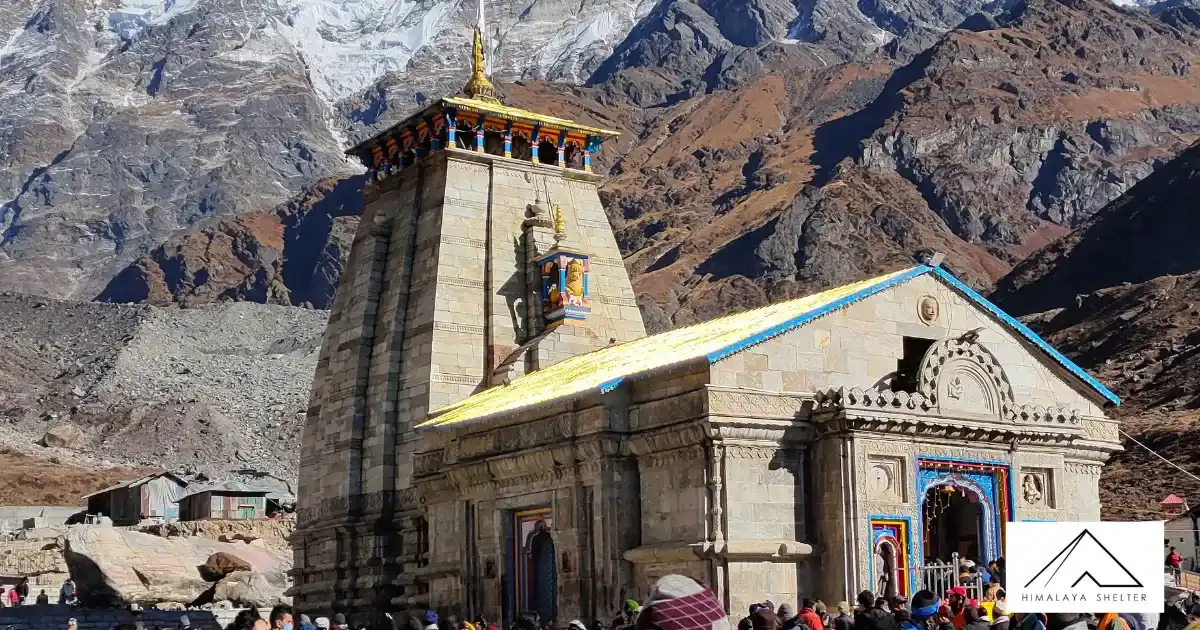
Kedarnath is located amidst the district of Rudraprayag in Uttarakhand, and is reckoned as the most remote site and spot for pilgrimage and devotion. The legend says that the Kedarnath Temple was built by Pandavas, and the present structure in sight was constructed by Adi Shankaracharya in the 8th century. The grey stones used in the structure is said to be an architectural marvel to have withstood changes in a cruel terrain, for so many centuries.
If you go back to the history of Kedarnath, you will get to learn so much. When Pandavas began their search for Shiva in order to absolve their sins of the Mahabharata battle, Lord Shiva disappeared into the Garhwal region of Uttarakhand and when he was found by them, he dived into the ground. After a while, different parts of his body came up at a lot of different parts of the region. All the five spots where his body parts came up, the Pandavas made temples on all those 5 parts that are known as Panch-Kedar in today’s date.
Badrinath
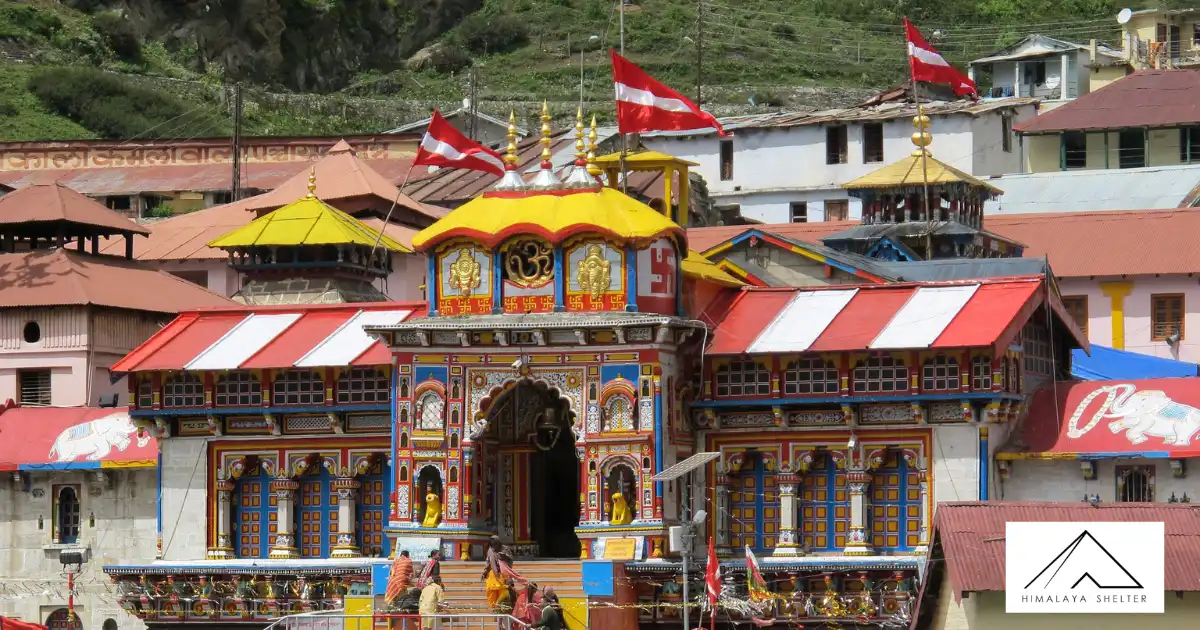
A place that is considered and known as one of the holiest of places in the Hindu belief, Badrinath comes out to be the part of both ‘Char Dham Yatra’ and ‘Chota Char Dham’. It is said that the idol of Lord Badri was found by Adi Shankaracharya in River Alaknanda. It was later put in the cave that is near Tapt Kund by him.
If you look at the backdrop of the temple, you will realize that it is sandwiched between the Narayan and Nar peaks, making it a beautiful sight as well. The historical significance of Badrinath is second to none. As per the words of history, when Lord Vishnu’s lifestyle got criticized by one of the sages, he went on to meditate in this region, in order to apologize for the same. His wife, Goddess Laxmi to protect Vishnu from all the elements of nature, gave him shade after becoming a tree.
Going into the history of nearly all the shrines of the Char Dham will give you endless chills. While some people will go on the Char Dham pilgrimage where others will choose to explore the gorgeous valleys, glaciers and what not? The Mighty Himalayas! So, if you are looking for Char Dham Tours in Dehradun, you can get in touch with the team of Himalaya Shelter. You can either write them a mail or contact them via phone call.
Char Dham Itinerary
The ideal itinerary for Char Dham is done in the order of 4 temples, that is, Yamunotri, Gangotri, Kedarnath and Badrinath.
Of the 4 temples 2 are accessible by road and does not require an trekking, they are – Gangotri and Badrinath.
The rest two, namely Yamunotri and Kedarnath require trekking to the temples. While Yamunotri can be visited in the same day, starting the trek from Janki Chatti and climbing a gradual trail for 4 KM one way, we can return to Janki Chatti on the very same day. Kedarnath, however, requires 2 trekking days, one side each, as the trek spans over 14 KM in distance.
Helicopter services operate all the way to Kedarnath, however slots are very limited and difficult to book.
The below itinerary can be modified with several different halts between Yamunotri and Badrinath and further during the return journey. The itinerary is created with some balance in order to avoid too much exertion during the start, as rushed itineraries can often lead to bad health and as a result an unpleasant experience during the yatra. Ideally 12 Days are needed at least for Char Dham, however the below itinerary takes use of 11 Days with 1 buffer day as additional.
Day 1: Drive from Dehradun/Rishikesh/Haridwar to Barkot
- Distance
- From Dehradun: 136 KM
- From Rishikesh: 166 KM
- From Haridwar: 191 KM
- Time Taken: 5 to 8 Hours
Day 2: Drive from Barkot to Janki Chatti, trek to Yamunotri and return to Janki Chatti by evening
- Distance: 45 KM drive
- Time Taken: 2 Hours
- Trek Distance: 8 KM (4 KM uphill, 4 KM downhill)
- Time Taken: 6 to 8 Hours
Day 3: Drive from Janki Chatti to Uttarkashi
- Distance: 124 KM
- Time Taken : 5 to 6 Hours
Day 4: Drive from Uttarkashi to Gangotri
- Distance: 100 KM drive
- Time Taken: 3 to 4 Hours
- Gartang Gali Hike: 5 KM in total, 2 hours
Visit Gangnani on the way, the place has a temple and a hot water spring. Ahead of Gangnani the beautiful Harsil valley can be visited. Another attaraction is Gartang Gali which is a 2.5 KM hike (one way) from the road head.
Day 5: Drive from Gangotri to Uttarkashi
- Distance: 100 KM
- Time Taken: 4
Spend the day exploring Gangotri and darshan at the Gangotri Dham. Depart for Uttarkashi by noon or lunchtime.
Day 6: Drive from Uttarkashi to Guptkashi/Sonprayag
- Distance: 200 KM / 227 KM
- Time Taken: 8 to 9 Hours
Day 7: Drive from Guptkashi/Sonprayag to Gaurikund and trek to Kedarnath
- Drive: 32 KM / 5 KM
- Trek Distance: 14 KM
- Time Taken: 6 to 8 Hours
Day 8: Trek from Kedarnath to Gaurikund, drive to Guptkashi
- Trek Distance: 14 KM
- Drive: 30 KM
- Time Taken: 6 to 8 Hours
Day 9: Drive from Guptkashi to Badrinath
- Distance: 198 KM
- Time Taken: 8 to 9 Hours
Day 10: Drive from Badrinath to Srinagar
- Distance: 186 KM
- Time Taken: 7 Hours
Day 11: Drive from Srinagar to Dehradun/Rishikesh/Haridwar
- Distance
- To Haridwar: 132 KM
- To Rishikesh: 109 KM
- To Dehradun: 150 KM
Day 12: Buffer Day
A buffer day is important as it can be used as a rest day as well as in case of any delays due to road blocks, a buffer day needs to be factored always before planning your return journey.
About Author

Abhishek Sohu
Abhishek is Business Development Leader at Himalaya Shelter. He has extensive alpine style trekking experience and has been trekking since 2012. Sports retail, web development, content writing, recruitment are some of his past professional experiences.
Recent news
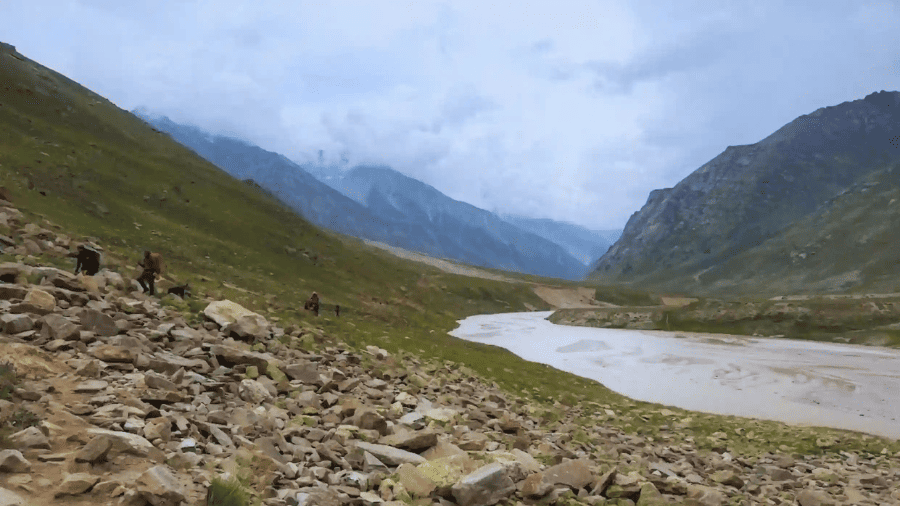
23 Dec 2025

20 Dec 2025
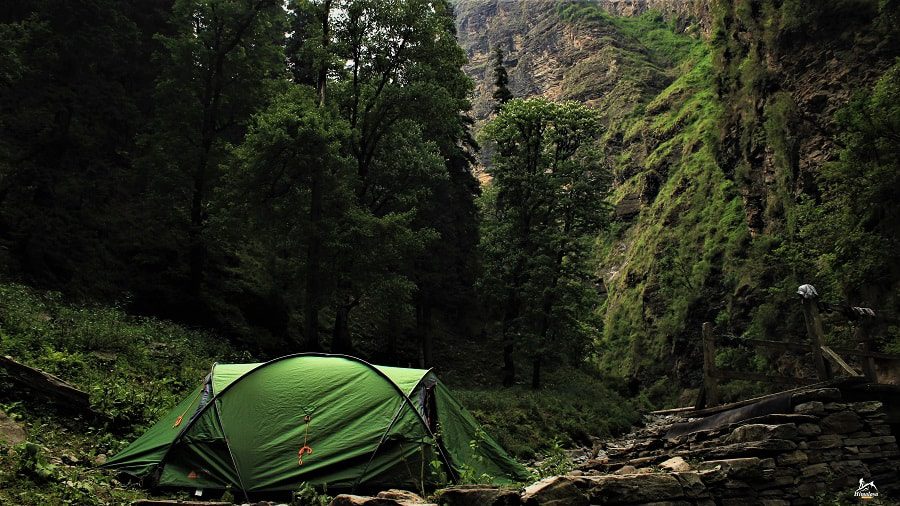
18 Dec 2025

16 Dec 2025
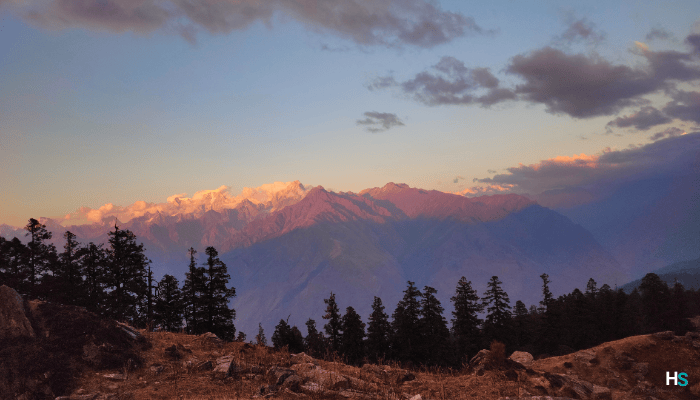
10 Dec 2025
Recommended Treks
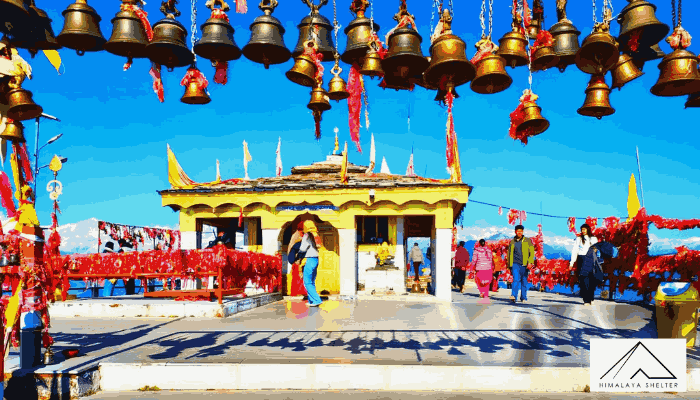
Cost: ₹10500 | $119
Type: Easy
Best Time: Jan | Feb | Mar | Aprill | May | Jun | Sep | Oct | Nov | Dec
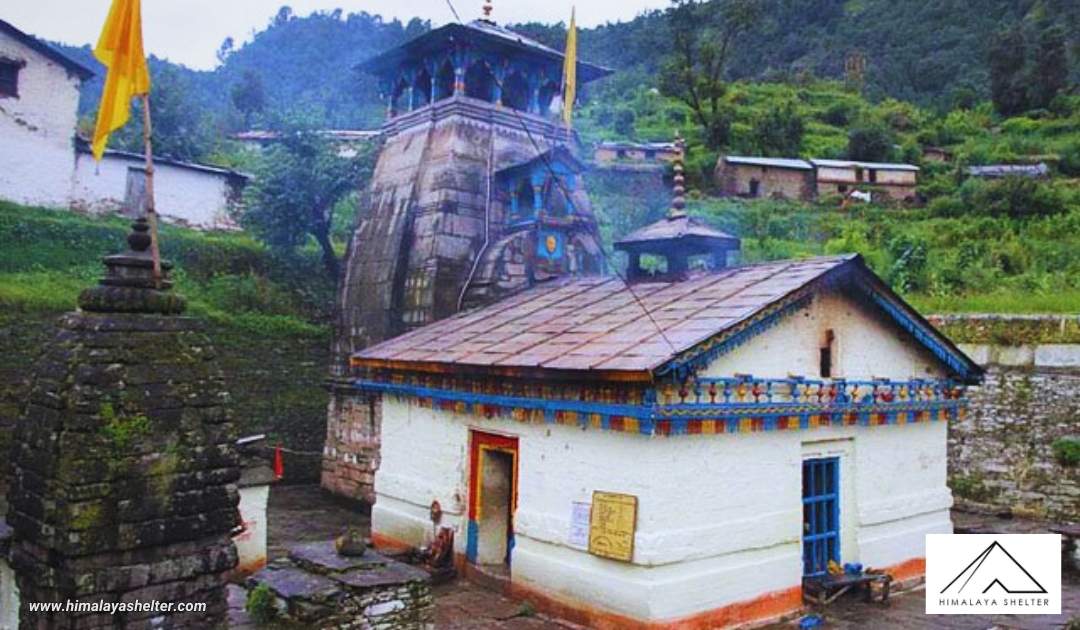
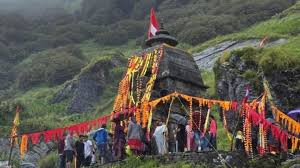
Cost: ₹23000 | $260
Type: Easy - Moderate
Best Time: May to June | September to October

Cost: ₹28000 | $321
Type: Easy - Moderate
Best Time: May to June and September to October
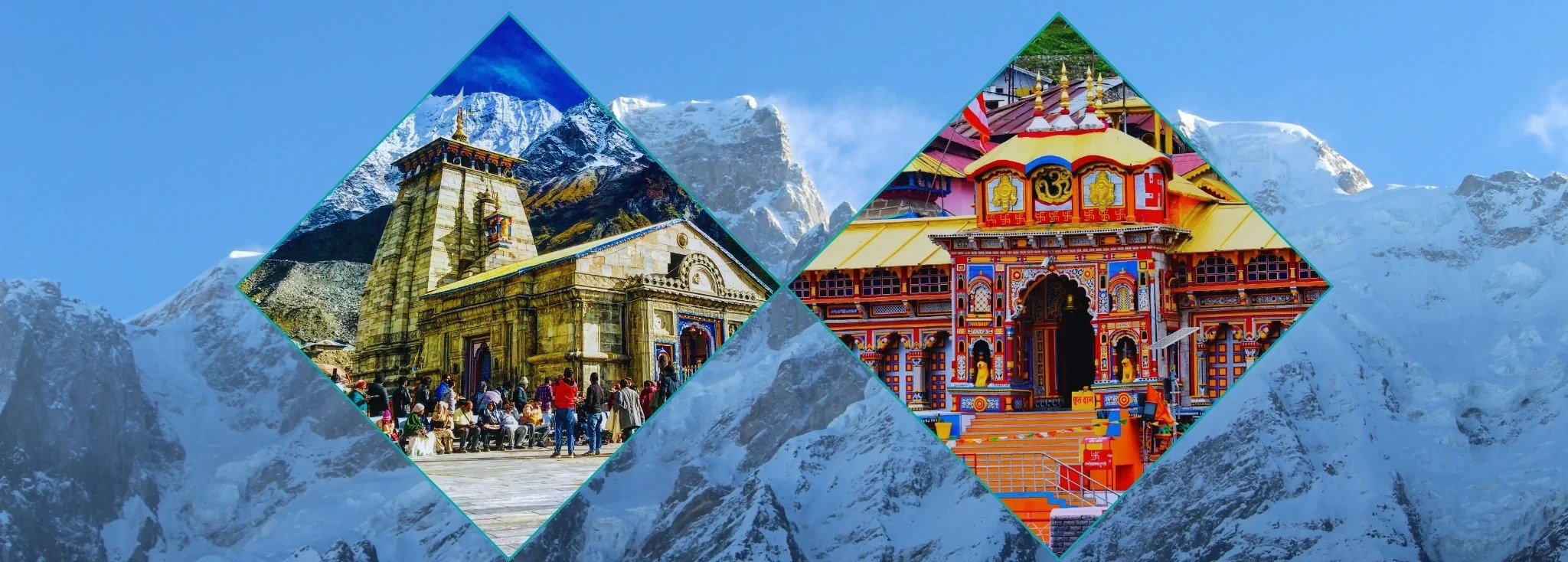
Cost: ₹28000 | $321
Type: Moderate
Best Time: May to June and September to October

Cost: ₹60000 | $688
Type: Easy - Moderate
Best Time: Late April to June


Cost: ₹15000 | $173
Type: Easy
Best Time: April to June and September to November



Cost: ₹24000 | $274
Type: Easy
Best Time: Jan | Feb | Mar | Aprill | May | Jun | July | August | Sep | Oct | Nov | Dec
